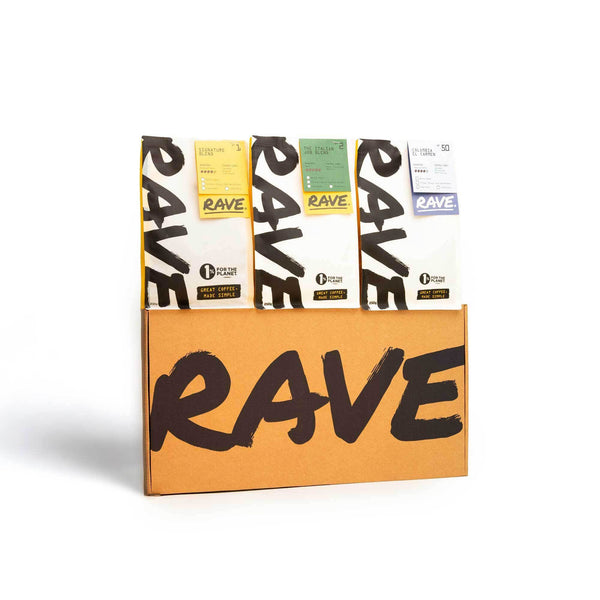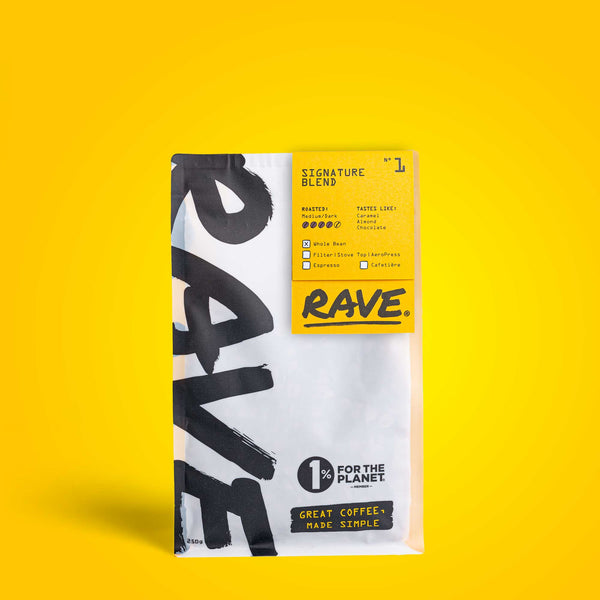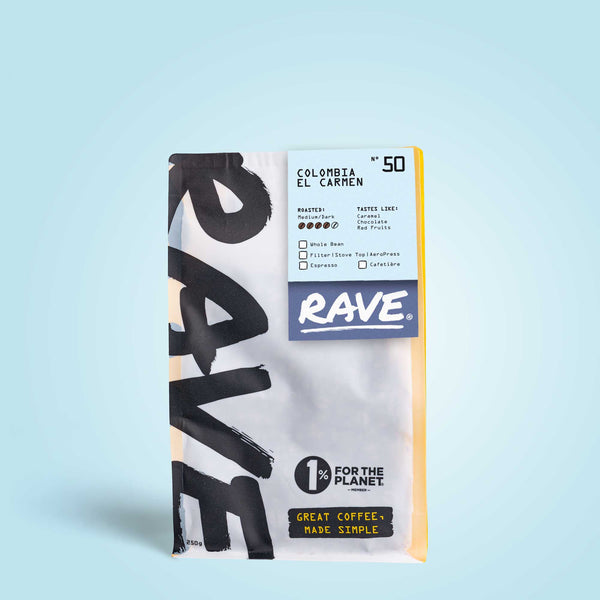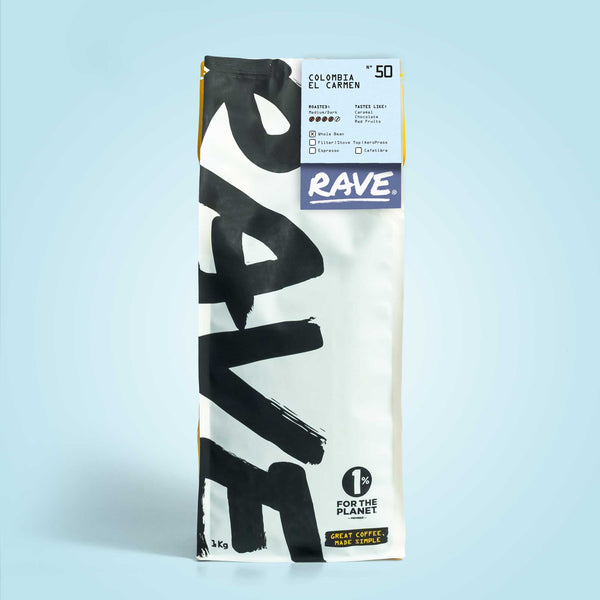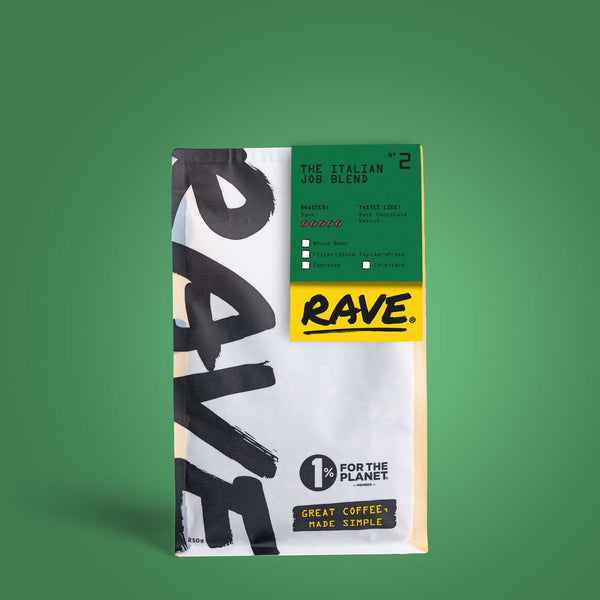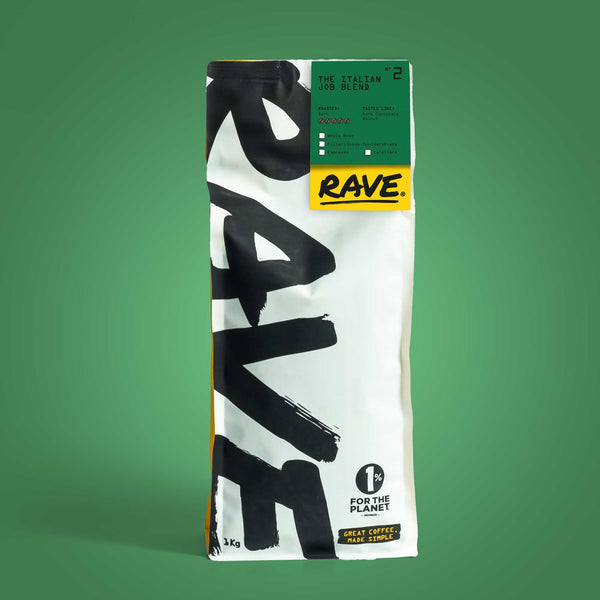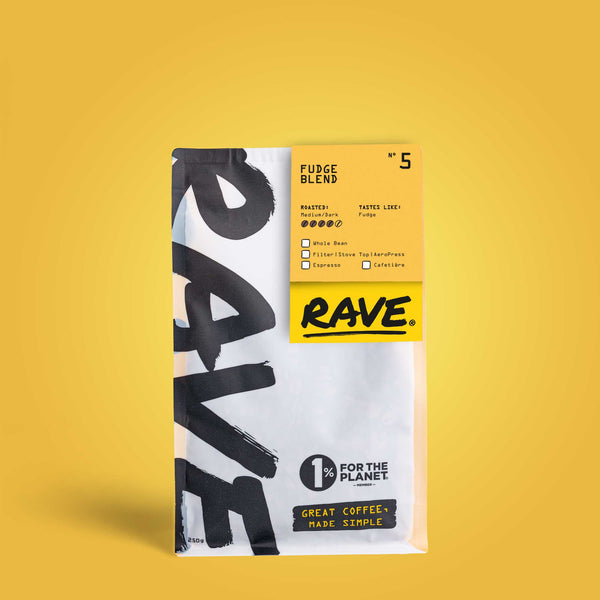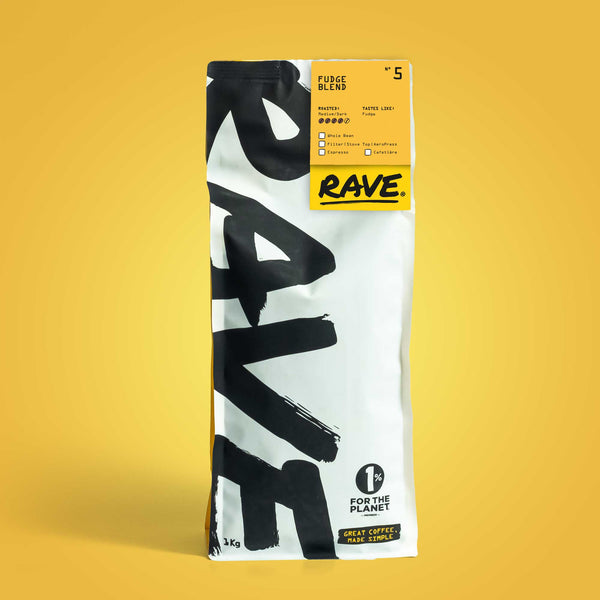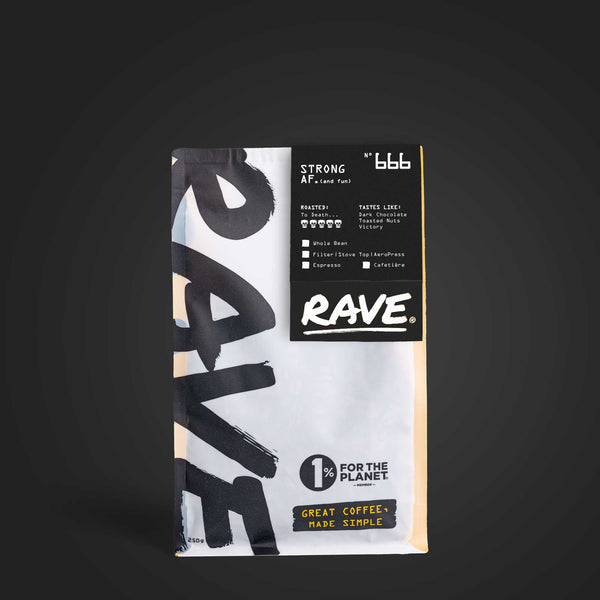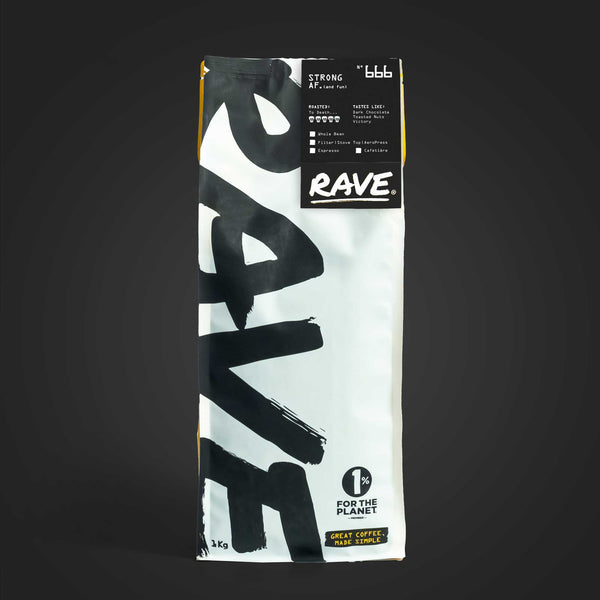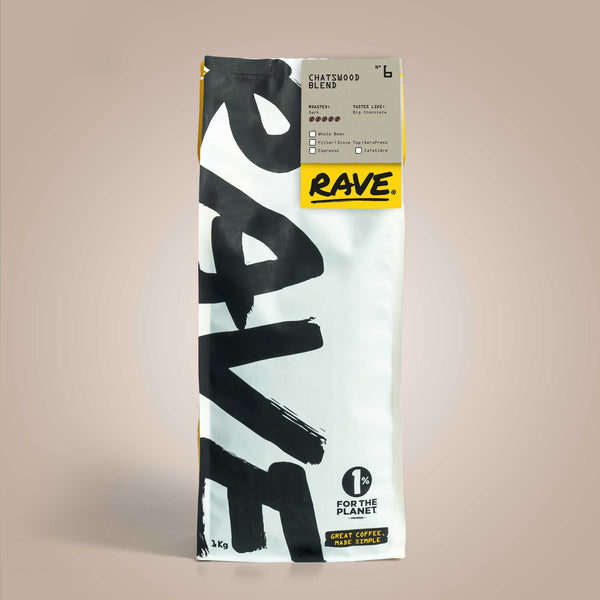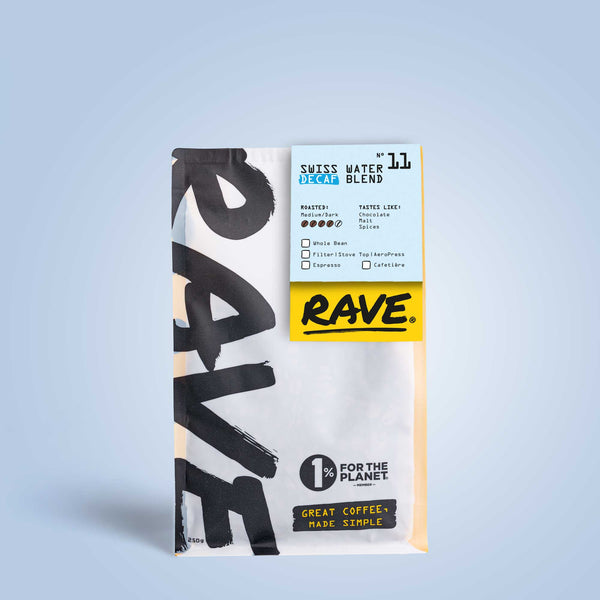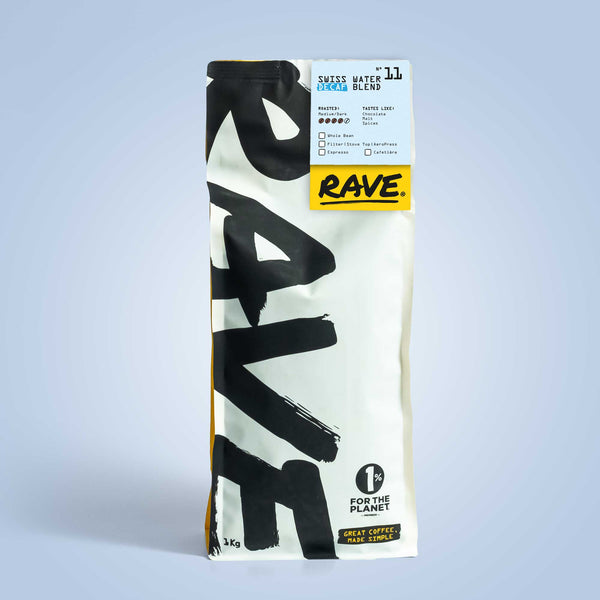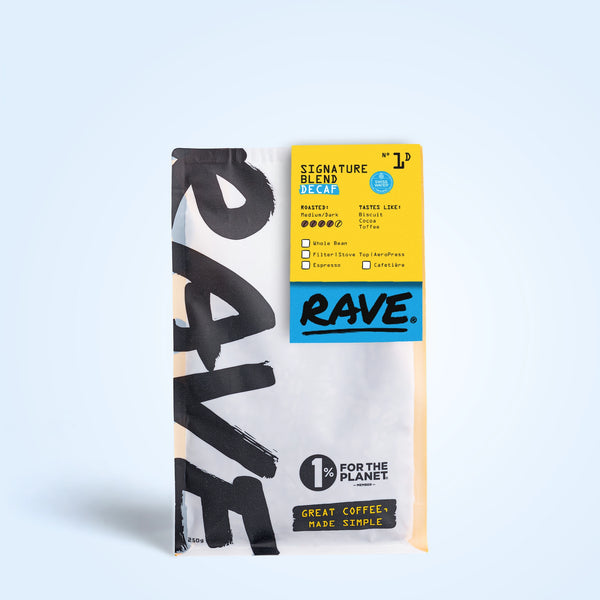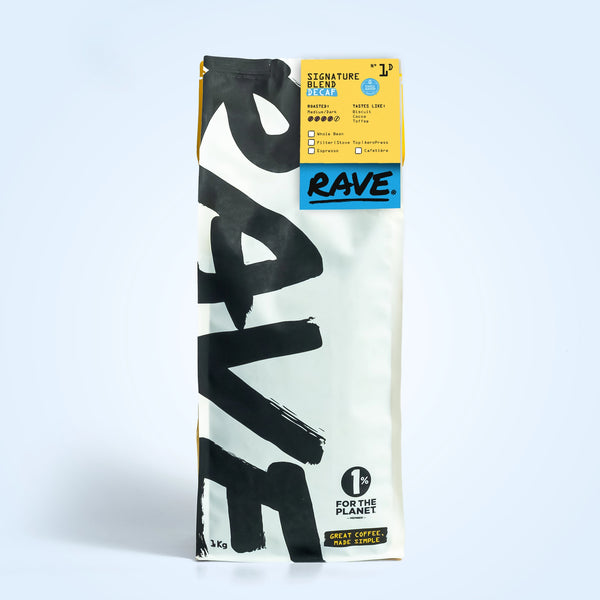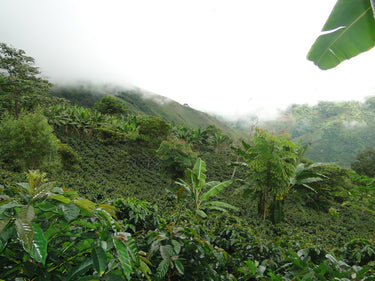- 🌟 New release
- ✨ Rare Release
Costa Rica Cola Roja Nº 320
From £13.25
Tastes Like:
White Grape, Mango & Limoncello
Roast:
In the remote village of San Jerónimo, Costa Rica, Don Senel and his son Allan turned a modest coffee dream into a specialty success. Read more
- Free delivery on orders over £25
- Dispatched next working day 📆
- Roasted fresh to every order 🔥
- 100% recyclable packaging 🟢
Delivery information
Roasted & dispatched the next working day with Royal Mail Tracked service.
Order Value
£0.00 to £9.95 = £2.95
£9.96 to £20.00 = £3.75
£20.01 - £24.99 = £3.95
£25+ = Free UK Shipping
Join our coffee club
And get the newest coffees delivered straight to you every month!
Costa Rica
Process
Carbonic Maceration
Producers
Don Senel
Grown
San Jerónimo de San Pedro, Brunca
Altitude
1750m
Varietals
Catuai & Villa Sarchi
Coming from very humble beginnings, in an area not at all known for coffee production, Don Senel and his son, Allan, began their journey into specialty coffee. They had only a coffee pulper powered by an old washing machine motor, and a simple drying table, but still managed to gain notoriety in the local community, and the wider coffee industry.
This specific lot is called Cola Roja, which translates to “Red Tail.” Named for the Gavilán birds that nest on the farm and return every year around harvest time. The coffee lies in the foothills of the Chirripó National Reserve, just 15 meters from the reserve boundary—making it an ideal spot to cultivate exceptional coffee. Senel acquired the land in 2005, but it was used for livestock and cattle until 2014. After their initial success with early coffee lots, they began considering planting higher quality varieties here. In 2017, they received seedlings of Villa Sarchi (a natural mutation of Bourbon that occurred in Sarchí, Costa Rica, in the 1950s). They also grow disease-resistant varieties like T-5296, Milenio, Yellow Obatá, and Catiguá, while experimenting with more exotic ones such as Ethiopia 47, Ethiopia 25, as well as Geisha, Java, SL28, and SL3.
The processing of this coffee starts with harvesting the cherries, which are brought to the mill and then put into floatation tanks to remove any underripe and overripe beans plus any foreign material. The clean cherries are then spread out on raised beds for 3-6 days. When the coffee skins start to shrivel (much like a raisin), they are placed into tanks again for 5-8 days. The aim of this process is to macerate the coffee in the same carbon dioxide that is produced when the sugars are being decomposed by microorganisms. Further drying is carried out in the warmest area so that they are given a kind of shock, this heat shock acts as a brake on the fermentation. After two days here, the cherries are moved to a cooler place for the remaining drying period which can be up to 40 days!
This specific lot is called Cola Roja, which translates to “Red Tail.” Named for the Gavilán birds that nest on the farm and return every year around harvest time. The coffee lies in the foothills of the Chirripó National Reserve, just 15 meters from the reserve boundary—making it an ideal spot to cultivate exceptional coffee. Senel acquired the land in 2005, but it was used for livestock and cattle until 2014. After their initial success with early coffee lots, they began considering planting higher quality varieties here. In 2017, they received seedlings of Villa Sarchi (a natural mutation of Bourbon that occurred in Sarchí, Costa Rica, in the 1950s). They also grow disease-resistant varieties like T-5296, Milenio, Yellow Obatá, and Catiguá, while experimenting with more exotic ones such as Ethiopia 47, Ethiopia 25, as well as Geisha, Java, SL28, and SL3.
The processing of this coffee starts with harvesting the cherries, which are brought to the mill and then put into floatation tanks to remove any underripe and overripe beans plus any foreign material. The clean cherries are then spread out on raised beds for 3-6 days. When the coffee skins start to shrivel (much like a raisin), they are placed into tanks again for 5-8 days. The aim of this process is to macerate the coffee in the same carbon dioxide that is produced when the sugars are being decomposed by microorganisms. Further drying is carried out in the warmest area so that they are given a kind of shock, this heat shock acts as a brake on the fermentation. After two days here, the cherries are moved to a cooler place for the remaining drying period which can be up to 40 days!
Ash says...
Sweet, tropical and reminiscent of a fruit smoothie!























